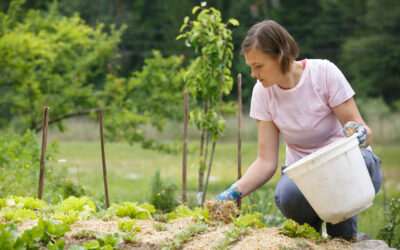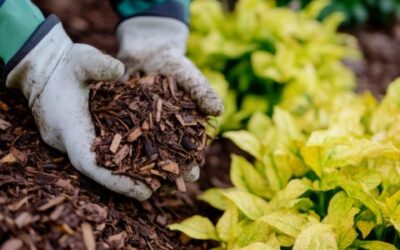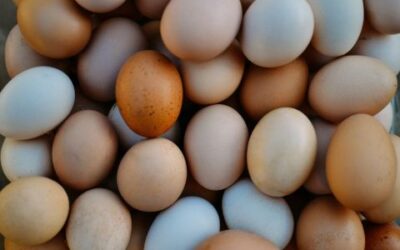
Strong and healthy horse hooves are essential for a horse’s comfort and performance. Neglecting hoof care can lead to discomfort, lameness, and even long-term damage. To ensure your equine friend stays in top shape, you must pay attention to their hooves. In this blog post, we’ll share five valuable tips for maintaining strong and healthy horse hooves.
Regular Horse Hoof Trimming and Maintenance
Regular horse hoof trimming is the cornerstone of hoof health. Farriers or hoof care professionals should trim your horse’s hooves every 4-8 weeks, depending on the individual horse’s growth rate and hoof condition. Trimming prevents issues like overgrown hooves, uneven wear, and cracks. It also ensures proper balance and weight distribution, reducing the risk of lameness and discomfort.
Keep a horse hoof maintenance schedule, and never skip appointments. Even a slight delay in trimming can lead to problems down the road. Additionally, ensure your farrier is experienced and knowledgeable, as improper trimming can cause more harm than good.
Adequate Nutrition
Nutrition plays a vital role in hoof health. A balanced diet that’s rich in essential nutrients is crucial for strong hooves. Ensure that your horse receives the following nutrients:
- Protein: Protein is essential for hoof growth and repair. High-quality forage feed and a balanced commercial feed can provide the necessary protein.
- Vitamins and Minerals: Vitamins like biotin, zinc, and copper are known to promote hoof health. These can be included in supplements or naturally through proper nutrition.
- Hydration: Adequate water intake is essential for overall health, including hoof health. Dehydration can lead to dry and brittle hooves.
- Omega-3 Fatty Acids: These fatty acids support hoof growth and reduce inflammation. Sources include flaxseed and fish oil supplements.
Consult a veterinarian or equine nutritionist to create a diet plan that’s tailored to your horse’s needs.
Regular Exercise
Exercise is essential for maintaining healthy horse hooves. When horses move, blood circulates more efficiently through their hooves, delivering oxygen and nutrients that promote growth and strength. Moreover, exercise helps prevent obesity, which can lead to a host of health issues, including hoof problems.
Give your horse ample turnout time in a pasture or paddock to promote natural movement. Regular riding or groundwork exercises also keep hooves in good shape. Just be mindful of the terrain to avoid excessive wear or injury.
Clean and Dry Living Conditions
Horses should have access to clean, dry living conditions. Wet and muddy environments can soften hooves, making them more susceptible to disease and damage. Standing in damp conditions for extended periods can also lead to conditions like thrush, a bacterial infection of the frog.
Provide proper shelter and use bedding materials like straw or shavings to keep the stall dry. Regularly clean and inspect hooves for any signs of mud or manure buildup, which can hide underlying issues.
Regular Hoof Hygiene
In addition to maintaining clean living conditions, you must practice good hoof hygiene. Regularly clean your horse’s hooves, removing debris, dirt, and rocks. This not only prevents discomfort but also allows you to spot any early signs of issues, like abscesses or cracks.
When cleaning hooves, use a hoof pick and brush to remove debris gently. Avoid using harsh chemicals that can dry out the hoof or disrupt the natural microbial balance.
Maintaining strong and healthy horse hooves is a fundamental aspect of equine care. With regular horse hoof trimming, proper nutrition, exercise, and attention to cleanliness, you can ensure your horse’s hooves remain in top condition. By following these five steps, you’ll not only keep your horse comfortable and mobile but also extend their overall quality of life. Remember, a healthy horse starts from the ground up, so prioritize hoof care as an essential part of your equine management routine.




